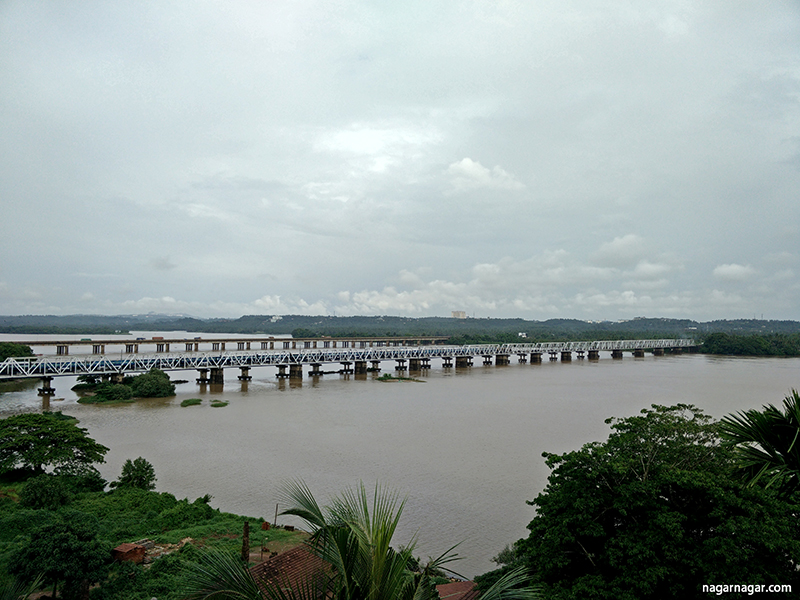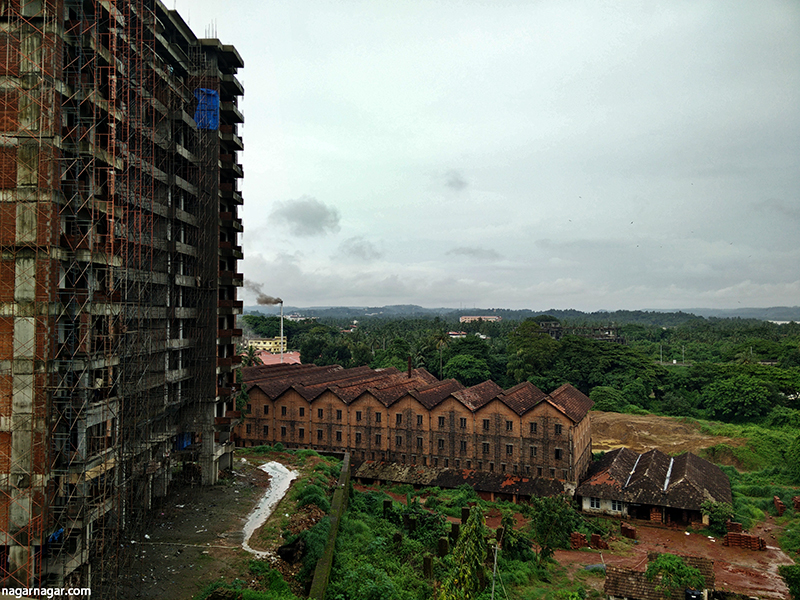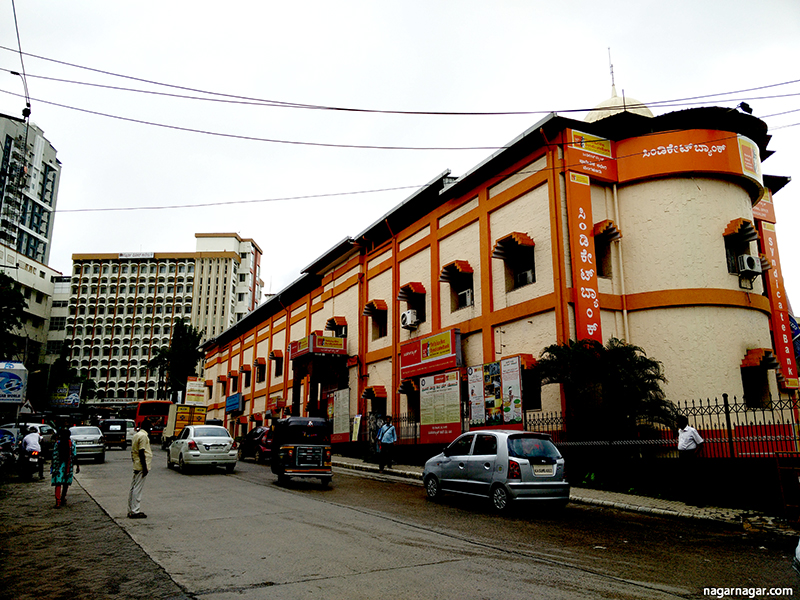Our Drive to Dakshin Kannada
After missing out on the coasts of the Uttara Kannada, we criss-crossed the Western Ghats one more time (after the Amboli Ghat) to reach the Arabian Sea in Manipal and then Mangalore in the coastal district of Dakshina Kannada. Its known for its beaches, amazing food, education and banking industry. We got a glimpse of it while we passed the Manipal University, where we met familiar faces (Asim and Karen) for the first time during our road-trip, and then Mangalore. We had driven from Hampi with a brief stay at Teerathalli we made our way to Dakshin Kannada passing through Sringeri on the banks of river Tunga and picturesque Agumbe Ghat negotiating almost 13 hairpin bends to first reach Manipal. (The ghat is going be closed soon for almost 3 months for repairs now)
Agumbe is also the place where the legendary Malgudi Days of RK Narayan (directed by Shankar Nag) was shot. Given the heavy rainfall it receives, it is also called Cherrapunji of South and we got our first dose of heavy incessant rain of the road-trip while crossing Agumbe. As we moved ahead on the state highway, we saw rice and areca-nut plantations and also a lot of slip-roads going towards various falls and we could feel the the hills recede behind us. Knowing that we are heading for the coast, every blind turn or a high blind point on the road makes you think you will see the ocean. That however didn’t happen till we reached Manipal and then drove to Kodi Bengre beach, a less explored beach on an estuary where river Suvarna meets Arabian Sea.
Those who haven’t been to Manipal, as a University town, it feels like a big college campus brimming with young energy at all times. Medical students coming to restaurants/public places in their lab coats and stethoscopes and a motley crowd of students from over 200 UG, PG, diploma and PhD courses dots the landscape as far as you can see. Tiger Circle or TC with ‘Dollops’ of multiple lives encircling it day and night, is the center of the town and also the life in the town. With Asim, we went and saw the beautifully designed Center for Philosophy and Humanities where he is doing his PhD. The building blends with the kind of old Mangalore people probably knew once-one which hasn’t competed with the sky for the heights piercing the skyline. It has gently sloped along its invisible embrace on both sides. The charm that is to see clay red Mangalore tiles against a blue sky and green foliage was what we experienced here. This building also, we were told, was going to be a glass building but thanks to the efforts of some concerned people, it didn’t go that way. However the story of rest of Manipal isn’t the same and the real estate hasn’t put any premium on the way old buildings used to look like and hence you can see a lot of high-rise boxes all around.
The Cradle of Indian Banking
Something else, seemingly incongruous with the picturesque real/physical realm of the region but one which underlay the relative prosperity of the region (including Mangalore) was the historic financial aspect of this region. Dakshina Kannada is known as the Cradle of Indian Banking and even today we encountered a very high number of bank branches and ATMs in the cities we passed through here. Given the coast and the port, needs for Banks arose as Britishers were dealing with export of coffee, pepper, cotton, timber, cardamom and other products. Many of the presently nationalized banks started in this region including Canara Bank, Syndicate Bank, Corporation Bank and Vijaya Bank. The district at one point gave rise to as many as twenty-three banks may of which had come up during the early decades of the 20th century. The wave of Swadeshi movement also gave banking a push and they were mostly steered by private initiative of the local traders.
The Canara Hindu Permanent Fund Ltd founded by Ammembal Subba Rao Pai in 1905 with a seed funding of Rs 10,000 turned into Canara bank. When I joined Delhi University in 2003, I had come across a certain Corporation Bank and its ATMs in North Campus and was always amused to come across this seemingly obscure (to me) bank. When Yutika joined college in the same year some 1000 kilometres away in another metro-Mumbai, saw this unknown bank branch nestled inside her college campus. She even opened her first solo bank account there. Few years later, she was amused when the bank manager said that he needed to call Mangalore when there was some issue with the account closing. 12 years later, we both found the reason as to why the call was made to Mangalore as we were in the birthplace of Corporation bank. It was founded in 1906 by a small group of philanthropists led by Khan Bahadur Haji Abdulla Haji Kasim Saheb Bahadur. Vijaya Bank is another relatively lesser seen nationalised bank in the northern parts. Vijaya Bank was started in 1931 by Attavara Balakrishna Shetty at Bunts Hostel in Mangalore with an objective to help local farmers. Syndicate Bank too started here as Canara Industrial and Banking Syndicate Limited and was founded by Upendra Ananth Pai, Vaman Srinivas Kudva, and Dr T M A Pai.
The financial and real economies meet seamlessly in this region and have provided it with centuries of abundantly rich culture, educational institutions, cuisine, climate, commerce & industry and people. As we recall (and miss) the wonderful days we spent in the Dakshina Kannada region, it must be brimming with the excitement and fervour of Hulivesha/Pilivesha, the tiger dance. We hope to go there a second time soon.
PS: A recommendation of a recent movie that captured the beautiful region and a small coastal town Malpe - Ulidavaru Kandanthe (As seen by the rest)










